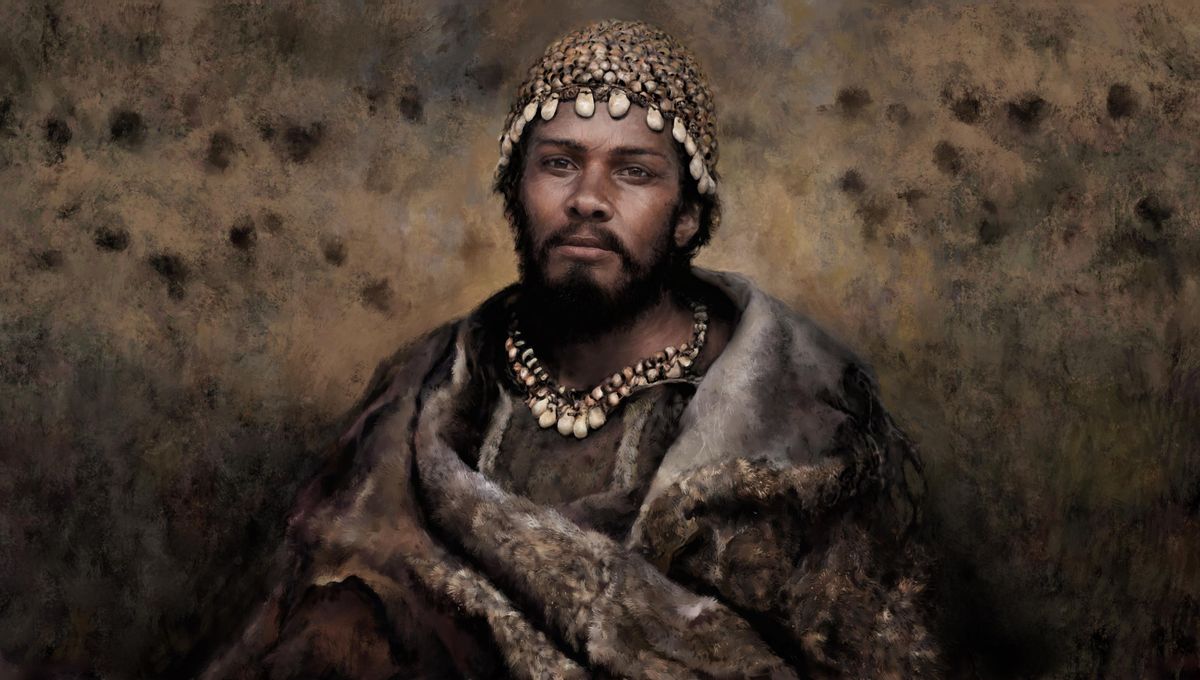
The Last Glacial Maximum (LGM) – otherwise referred to as the last Ice Age – was an exceptionally challenging time for the hunter-gatherer groups that inhabited the Eurasian landmass. To survive the intense cold, human populations had to seek refuge on the southern fringe of the continent, although as a new study reveals, not all of these ancient groups made it through the big freeze.
Prior to the LGM, Europe was dominated by a human tradition known as the Gravettian culture, which is distinguishable thanks to its technological, artistic and funerary characteristics. Because Gravettian-associated artefacts have been unearthed across the continent, it had until now been assumed that the entire lineage was comprised of one genetically continuous population.
However, after analyzing the genomes of 356 prehistoric hunter-gatherers from 14 European countries, the study authors revealed that the Gravettian culture was in fact split into two completely unrelated groups. One of these populations, known as the Věstonice cluster, was present in central Europe during the 10,000 years leading up to the LGM, while the second group – called the Fournol cluster – occupied western and southwestern Europe.
When the LGM hit some 25,000 years ago, the Fournol cluster retreated to the relative warmth of the Iberian peninsula. According to the researchers’ analyses, this was a smart move, as Fournol genetics were detected in individuals who lived in Europe 20,000 years later, indicating that the group managed to survive the Ice Age.
“With these findings, we can for the first time directly support the hypothesis that during the Last Glacial Maximum people found refuge in the climatically more favourable region of southwestern Europe,” explained study author Cosimo Posth in a statement.
Unfortunately for the Věstonice hunter-gatherers, all genetic traces of their existence vanished during the LGM. Previously, scholars had assumed that Italy may have provided a refuge for central European populations during the last Ice Age, yet this finding contradicts this theory, indicating that the region’s inhabitants found no shelter in the boot-shaped peninsula.
Instead, the researchers found that a separate group of people called the Epigravettian culture moved into northern Italy at the end of the LGM, replacing the now-frozen Věstonice population. “We find that individuals associated with a later culture, the Epigravettian, are genetically distinct from the area‘s previous inhabitants,” says study author He Yu. “Presumably, these people came from the Balkans, arrived first in northern Italy around the time of the glacial maximum and spread all the way south to Sicily.”
This finding reshapes the entire narrative of the region, as it had previously been theorized that the Epigravettian culture may have evolved from the Gravettian inhabitants of Italy. Instead, it appears that the younger tradition originated elsewhere and was transported to the peninsula once the previous occupants had died off.
Then, around 14,000 years ago, the Epigravettian inhabitants of Italy began to spread northwards into central Europe, taking advantage of the warming conditions to become the dominant human lineage in the region. It wasn’t until about 8,000 years ago, however, that they bumped into the descendants of the Fournol cluster, who had migrated eastwards from their Iberian refuge.
“At that time, hunter-gatherers with distinct ancestries and appearances started to mix with each other,” says He Yu. “They were different in many aspects, including their skin and eye colour.”
The study has been published in the journal Nature.
Source Link: Study Reveals Which Humans Survived The Last Ice Age And Which Didn’t